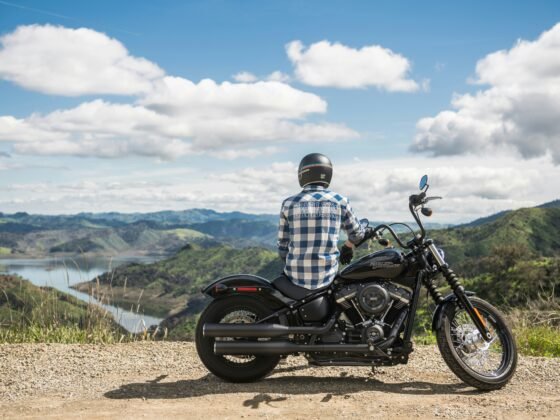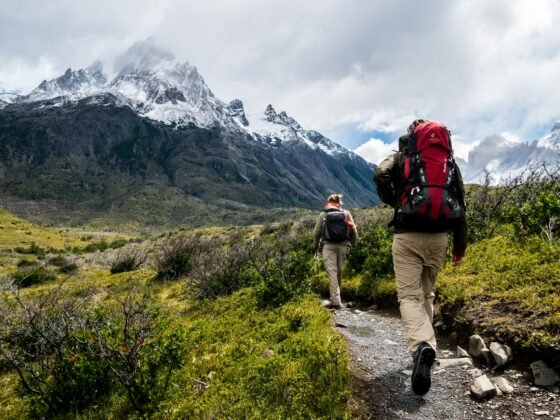4-wheel drives have been the vehicle of choice for campers and adventurers for quite a while now. And why not? They’re rugged, they can take on the most challenging terrains, and they have ample space for you, your mates, and all the gear you can’t live without.
But lately, plenty of 4×4 models have gotten a lot heftier with all the add-ons you can pile into them. Nudge bars and roof racks have been popular over the years. And those extra fog lights that are so useful when driving late at night? Yep, you need them. And on top of that, you have all that camping gear loaded into a 4×4 that there’s barely enough space inside.
Unfortunately, all these additional weights can take their toll on your vehicle. An overloaded car is harder to control and manoeuvre especially when driving on difficult terrain. They can also consume a lot of fuel.
So what are the things you can do to save weight, keep your 4×4 in tip-top shape, and make your trip more enjoyable? Check them out below.

1. Hitch a teardrop camper to your 4×4
You want to be prepared for anything that comes your way. So you bring your camping chair, a propane burner, and a large esky to ensure that you and your family are comfortable while enjoying the great outdoors.
But stuffing your 4-wheel drive isn’t the way. Overloading it can make your vehicle less stable and can put additional strain on it.
So if you really must bring those items with you, then we suggest that you use a teardrop camper instead!
This camper is a small camping trailer that is easy to tow, making them a popular choice for weekend warriors and committed intrepid adventurers. When compared to other types of campers, they are less set up. You can hitch it to a lot of vehicles including small to medium SUVs, and medium to large 4×4, and travel across a rugged landscaped hassle-free.

Teardrop campers are lightweight and yet they offer ample storage for everyone. There’s no need to leave behind your portable cooler or your trusty generator just because your 4×4’s stuffed to the rafters. Plus, they come with everything you need to stay comfy during your trip, including (but not limited to) a mattress (say goodbye to pitching a tent!), a freshwater tank, an awning, a gas stove, and more! Despite their compact size, they are designed to be rugged and built for offroad driving.
2. Pare it down
Let’s face it. We’re all guilty of bringing unnecessary items just because we want to be prepared while driving cross-country or camping. Who knows what will happen, right? So it’s best to be prepared.
But keep in mind that any weight can quickly add up and bog down your 4×4. They can also greatly reduce any elbow room inside your car.
When it comes to packing, it’s best to pare it down to the most essential. It’s tempting to bring your old yet very large tent or your trusty sleeping bag to your trip, but keep only what is essential. As much as possible, reduce the weight you add on your SUV or pickup truck and use a teardrop camper instead.
As mentioned, teardrop campers are lightweight. What’s great about them is that they are amazingly spacious and have all the essentials to make your trip comfortable.

3. Prioritise lightweight camping gear instead
You love your old sleeping bag and it’s been your trusty friend during outdoor adventures. But the problem is, it’s kind of bulky and heavy. The same goes for your old tent, extra-large generator, and cooler.
To ensure a lighter load, you have no choice but to invest in new and lightweight gear. If you’re shopping for new gear online and looking for the lightest one you can find, then make sure to use the site’s product comparison feature (if it has one).
If the site doesn’t have a product comparison feature, then get a pen and paper, and list down the products that you like as well as their weight. Choose the lightest one you can find but make sure to read the reviews to ensure that they are durable.
4. Keep your water tank empty while driving
A full water tank while driving can add unnecessary weight to your vehicle or teardrop camper. Be kind to your car’s suspension and keep your water tank empty for the duration of the journey. Fill your water tank only when you’re near the camping grounds to avoid putting additional strain on your vehicle.












